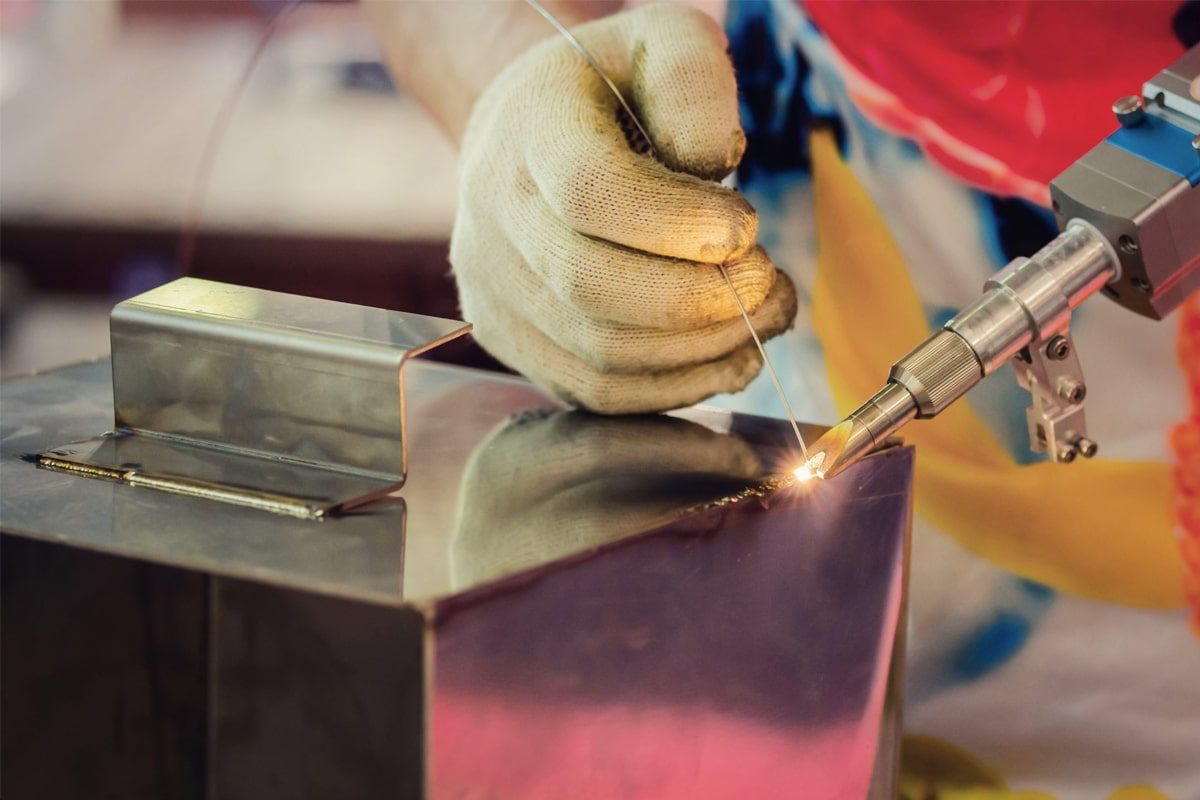
Laser Welding Machine Operation: The Necessity And Benefits Of Expert Knowledge
As an important equipment in the modern manufacturing industry, the laser welding machine is widely used in automobile manufacturing, aerospace, electronic equipment, and other fields, and has become a key tool to improve production efficiency and product quality. However, for laser welding machine operators, it is often difficult to achieve ideal welding results by relying solely on experience or intuition, and there may even be safety hazards and risks of equipment damage.
Therefore, laser welding machine operators need to have certain professional knowledge to operate effectively. This article will explore the relevant knowledge required to operate a laser welding machine and the benefits of mastering this knowledge. By in-depth understanding of the principles and applications of laser welding technology, we can better understand the working process of laser welding machines, thereby improving welding efficiency, ensuring production safety, and laying a solid foundation for personal career development.
Table of Contents
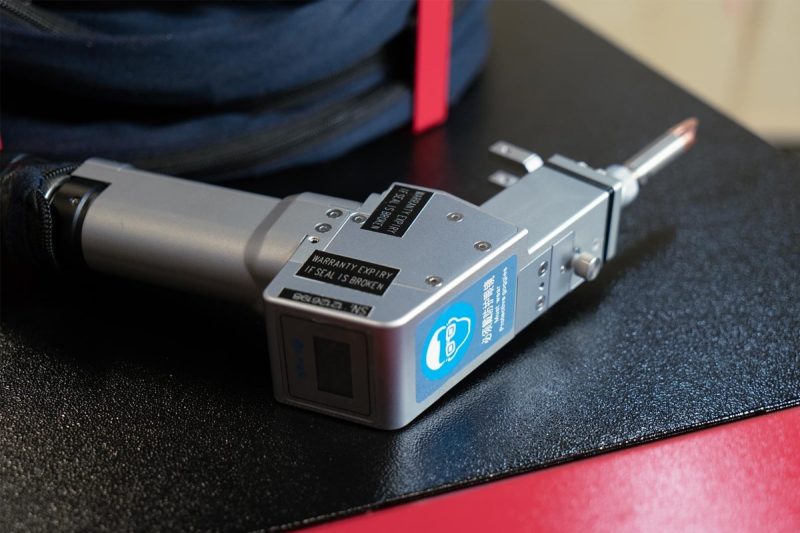
Basic Principles Of Laser Welding Machine Operation
Laser welding is an efficient and high-precision welding technology. Its basic principle is to use high-energy laser beams to melt welding materials and achieve material connection. Below I will introduce in detail the basic principles of laser welding machine operation:
- Laser generation: A high-energy laser beam is generated by a laser generator inside the laser welding machine. Laser generators usually use gas (such as carbon dioxide, argon, etc.) or solid (such as Nd: YAG) as the excitation medium to generate laser light through electron excitation.
- Beam focusing: The generated laser beam is focused through a lens system, making the beam more concentrated and stronger. Such focusing allows the laser to produce a high enough energy density on the surface of the welding material to melt the material.
- Melting of welding materials: The focused laser beam irradiates the surface of the welding materials, and its energy density is enough to instantly heat the welding area and melt the welding materials quickly. For metallic materials, temperatures above their melting point are usually reached, forming pools of liquid metal.
- Molten pool control: By adjusting parameters such as laser power, focal length, and scanning speed, the shape and size of the molten pool during the welding process can be controlled. This helps ensure the quality and stability of the weld, as well as adapting to the welding needs of different materials and thicknesses.
- Solidified weld: When laser welding is completed, the temperature of the welding area will drop rapidly, causing the molten material to solidify quickly to form a weld. The quality of the weld depends on the control of welding parameters and the selection of materials, as well as the environmental conditions during the welding process.
In general, the basic principle of laser welding machine operation is to use a laser beam to irradiate the welding material with high energy density, melt the material, and achieve connection. Through precise beam control and welding parameter adjustment, an efficient and precise welding process can be achieved, which is suitable for the connection of various metal and non-metal materials.
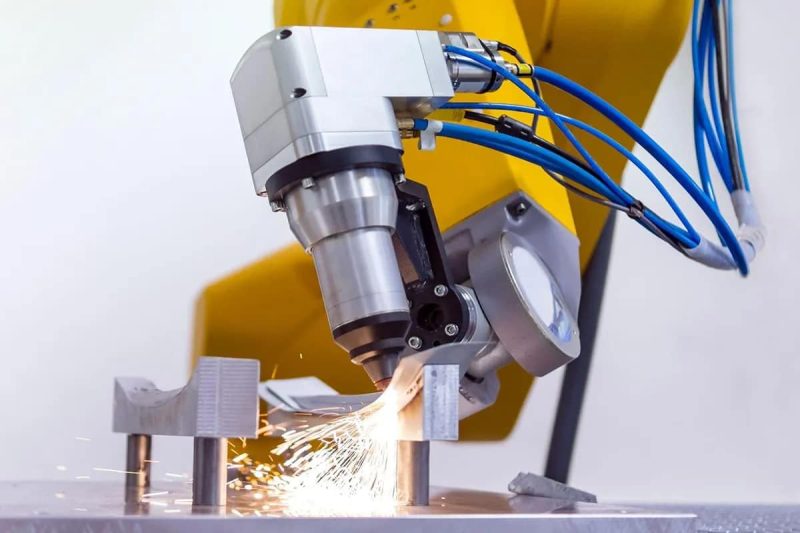
What Professional Knowledge Is Required To Operate A Laser Welding Machine
Operating a laser welding machine is a high-precision job that requires the operator to have extensive and in-depth professional knowledge to be competent. The following is a detailed introduction to the professional knowledge required to operate a laser welding machine:
Laser Principles And Technology
- Principles of laser generation: Understand how laser light is caused by stimulated emission and how laser light is produced by stimulated emission of radiation.
- Laser characteristics: including laser monochromaticity, coherence, directionality and consistency, etc. These characteristics have an important impact on the welding process.
- Laser control: Be familiar with laser control methods, including adjusting laser power, frequency, pulse width, wavelength, and other parameters to meet different welding requirements.
Material Science Knowledge
- Material properties: Understand the physical and chemical properties of different materials, including melting point, thermal conductivity, thermal expansion coefficient, and molten pool formation and solidification processes.
- Material compatibility: Understand the compatibility and interaction of different materials during the welding process to select appropriate welding materials and process parameters.
Equipment Operation And Maintenance
- Equipment structure and function: Be familiar with the various components and functions of laser welding machines, including laser generators, optical systems, control systems, and auxiliary equipment.
- Operating skills: Master the operating skills of laser welding machines, including starting and shutting down the equipment, adjusting welding parameters, setting welding paths, and monitoring the welding process.
- Equipment maintenance: Understand the daily maintenance methods of equipment, including cleaning optical components, checking cooling systems regularly calibrating equipment, etc., to ensure stable operation of equipment and extend its service life.
Safety Knowledge
- Laser safety: Understand the hazards of laser radiation to the human body and the environment, and master safe operating procedures and protective measures, including wearing protective glasses, and protective clothing, and setting up safety warning signs.
- Equipment safe operation: Be familiar with the safe operation procedures of the equipment, including how to start and stop the equipment correctly, the use of emergency stop buttons, and emergency treatment measures.
Welding Process Knowledge
- Welding parameter setting: According to the welding materials and requirements, select and adjust appropriate welding parameters, including laser power, focal length, speed spot size, etc.
- Welding path planning: Design and plan the welding path to ensure the integrity of the welding joint and the quality of the weld, and reduce welding deformation and residual stress.
To sum up, operating a laser welding machine requires a wide range of professional knowledge, covering laser principles and technology, materials knowledge, equipment operation and maintenance, safety knowledge, and welding process knowledge. Only by mastering this knowledge can operators skillfully perform laser welding and ensure welding quality and safety.
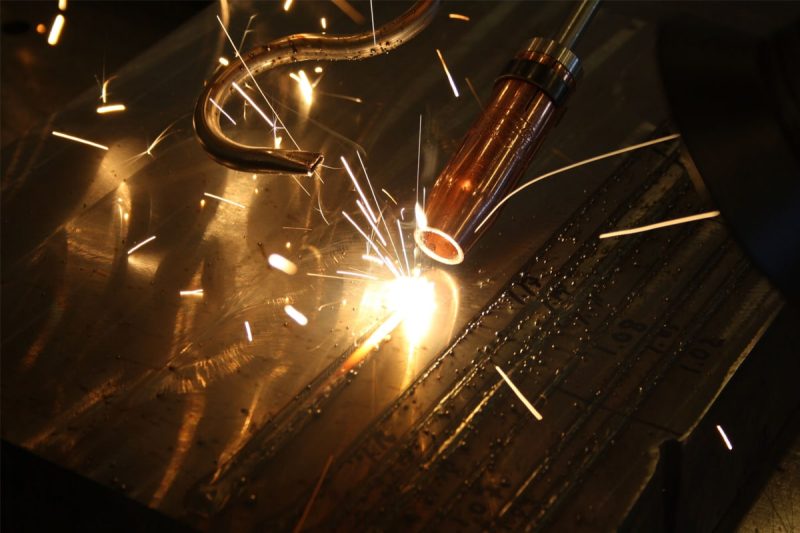
What Are The Benefits Of Mastering This Professional Knowledge?
It is crucial to master the knowledge required to operate a laser welding machine because this knowledge can not only improve the operator’s work efficiency and quality but also ensure safety during the operation and the stable operation of the equipment. Here are the benefits of having this expertise:
Improve Operational Efficiency And Quality
Laser welding is a high-precision process. Operators must understand laser principles, material properties, and equipment operating skills to accurately adjust welding parameters and plan welding paths to achieve high-efficiency and high-quality welding. Mastering this knowledge can help operators control the welding process more accurately, improve welding efficiency and quality, and reduce welding deformation and residual stress.
Reduce Equipment Damage And Production Accidents
The laser welding machine is a complex piece of equipment, and improper operation can easily lead to equipment damage and production accidents. Mastering the knowledge of equipment operation and maintenance can help operators operate equipment correctly, check and maintain equipment regularly, reduce the possibility of equipment failure and damage, and ensure the stable operation of equipment and smooth production.
Improve Personal Career Development
Possessing rich professional knowledge and skills is the key to personal career development. Mastering the professional knowledge required to operate a laser welding machine can improve the operator’s work skills and abilities, allowing him to perform more prominently at work and gain more job opportunities and career development space. In the current fierce competition for employment, operators with professional knowledge and skills are more favored by companies and have more opportunities for promotion and salary increases.
Strengthen Security Awareness And Risk Management Capabilities
Laser welding involves high-energy laser radiation, which poses certain safety risks. Mastering safety knowledge can help operators better understand the hazards and protective measures of laser radiation, improve safety awareness, and reduce the possibility of safety accidents during operation. In addition, mastering risk management knowledge can help operators identify and evaluate potential safety risks and take appropriate measures to control and manage them.
Reduce Production Costs And Improve Competitiveness
By improving operating efficiency and quality, reducing equipment damage and production accidents, production costs can be reduced, and production efficiency and product quality can be improved, thereby improving the competitiveness of enterprises. Mastering the professional knowledge required to operate laser welding machines can help companies improve production efficiency and product quality, reduce production costs, and thereby gain more market share and profits.
In summary, mastering the professional knowledge required to operate a laser welding machine can not only improve operating efficiency and quality, ensure the safety of the operating process and the stable operation of the equipment, but also enhance personal career development, strengthen safety awareness and risk management capabilities, Reduce production costs and improve corporate competitiveness. Therefore, in-depth study and mastery of this professional knowledge are essential for operators.
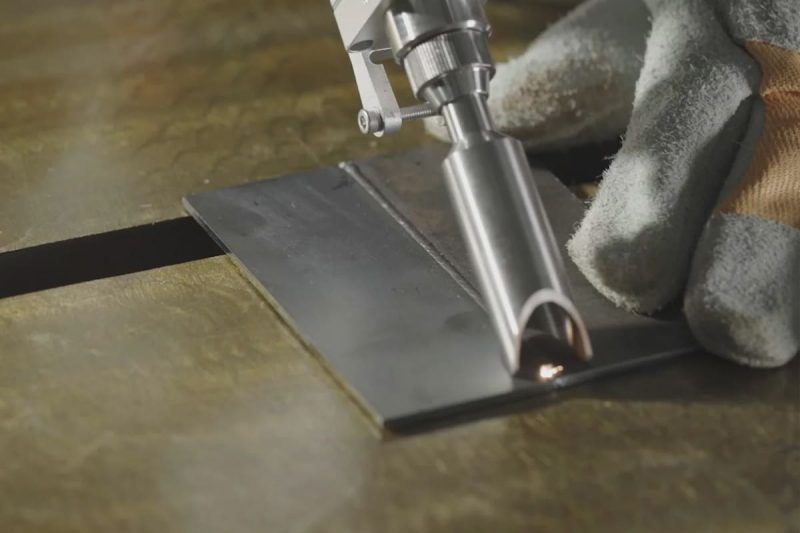
Training And Continuing Learning
Training and continued learning are crucial for those who operate laser welding machines. Whether you are a beginner or an experienced operator, continuous learning is key to improving your skills and adapting to technological developments. Here’s why training and continuing learning is important and how to implement it:
- Keep technology updated: Laser welding technology is changing rapidly, and new equipment, processes, and materials are constantly emerging. By participating in training and continuing to learn, operators can keep abreast of the latest technological developments and industry trends, and keep their technical level in sync with the industry.
- Fill the knowledge gap: Beginners can acquire the necessary basic knowledge and operational skills through training courses to adapt to the work environment faster. Experienced operators can fill their knowledge gaps in specific fields or new technologies through continuous learning and improve their overall competitiveness.
- Improve work efficiency and quality: Through training and continued learning, operators can master more efficient work methods and best practices, thereby improving work efficiency and product quality. Understanding the latest processes and technologies can help operators better cope with various work challenges and improve work productivity and efficiency.
- Promote personal career development: Continuous learning can not only improve the operator’s skill level but also lay a good foundation for personal career development. Through continuous learning and accumulation of experience, operators can obtain more job opportunities, enhance their professional status, and achieve higher levels of personal career goals.
- Enhance safety awareness and risk management capabilities: Training courses usually cover safe operating procedures and risk management knowledge. Operators can learn these contents to improve their safety awareness, reduce safety risks during operations, and protect themselves and others.
- Build good industry connections: Attending training courses and industry conferences are important ways to exchange experiences with peers and build industry connections. Through communication and interaction with other professionals, operators can obtain more industry information and resources and expand their professional networks.
In summary, training and continued learning are crucial for those who operate laser welding machines. Operators should actively participate in various training courses and learning activities to continuously improve their professional quality and competitiveness.
Summarize
In modern manufacturing, the development of laser welding technology has become an important trend in the industry. This article highlights the need for specialized knowledge required to operate a laser welding machine, as well as the benefits of possessing this knowledge. When operating a laser welding machine, the laser welding machine operator needs to have certain professional knowledge to be competent at the job. Mastering this knowledge can not only improve work efficiency and quality, and reduce risks and costs, but also bring more opportunities and challenges to personal career development. Therefore, learning and mastering professional knowledge is an important task that every laser welding machine operator should pay attention to.
Contact information
- [email protected]
- [email protected]
- +86-19963414011
- No. 3 Zone A, Lunzhen Industrial Zone,Yucheng City , Shandong Province.
Get Laser Solutions
